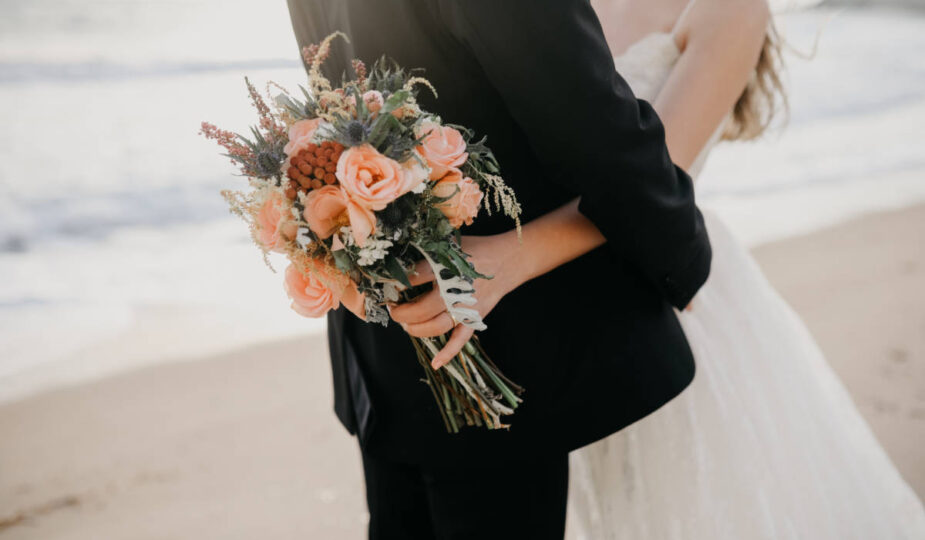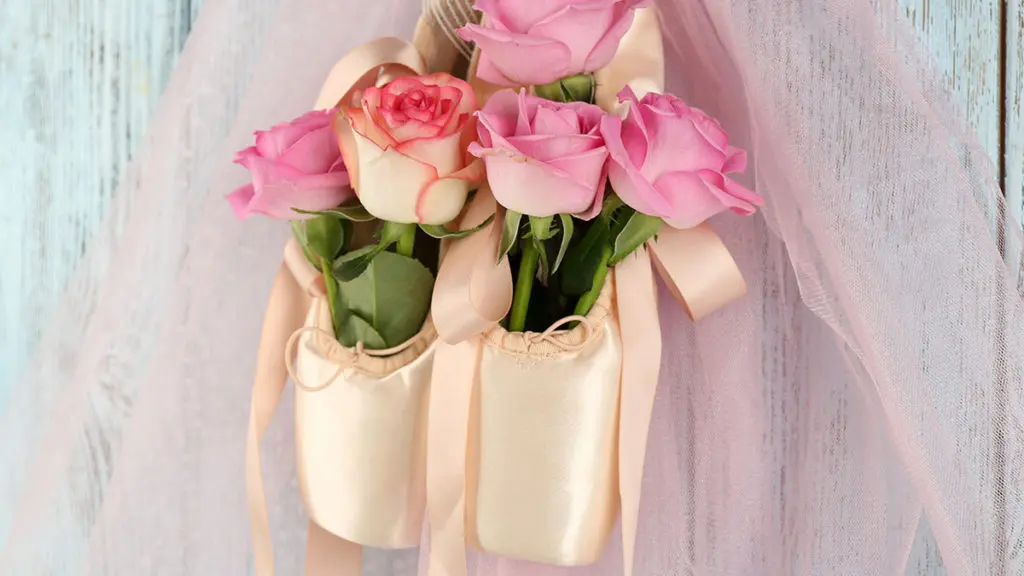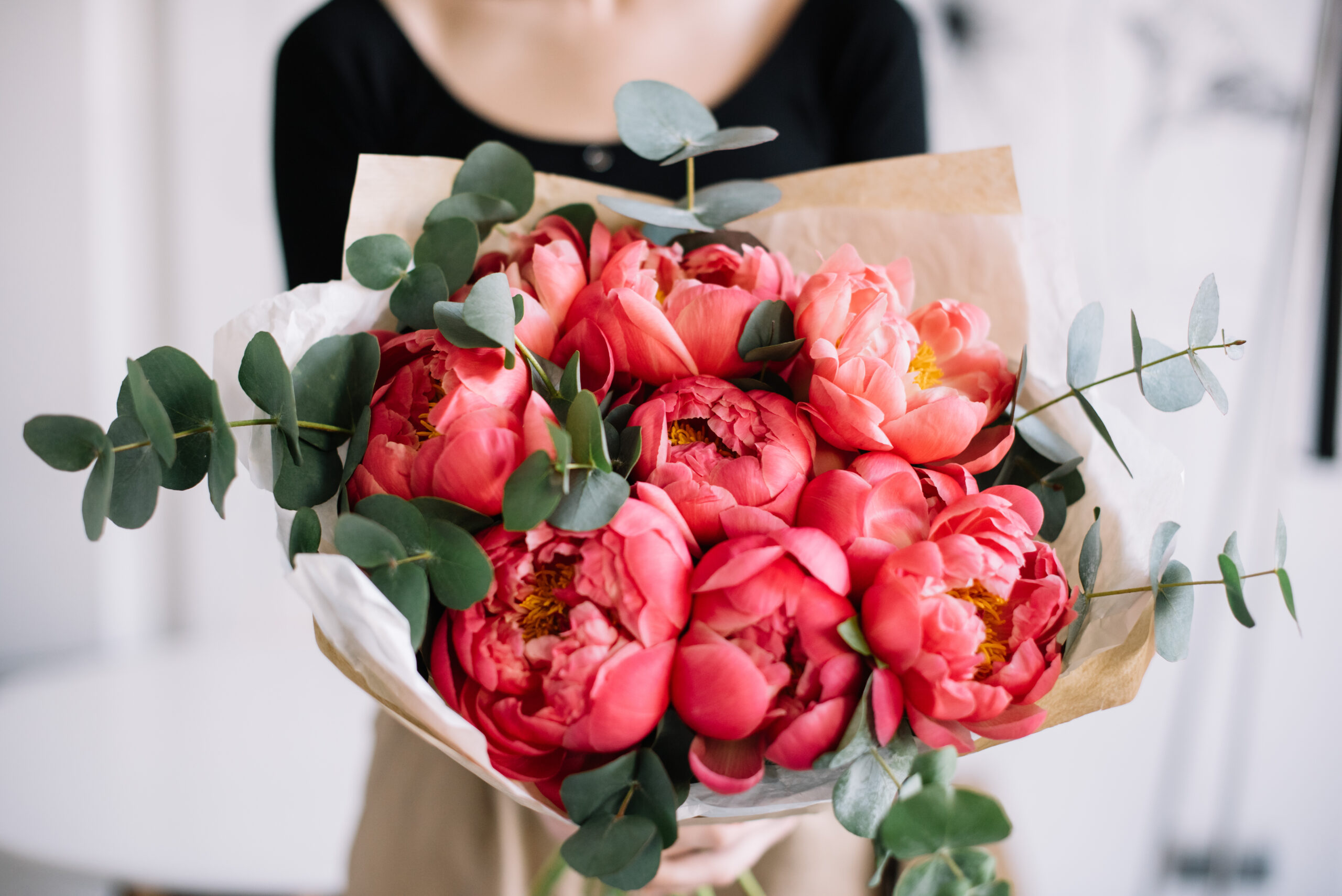
Flower Traditions and Customs in Different Cultures
Flowers are an integral part of human expression and possess a language that transcends spoken words, imbuing occasions with profound symbolic significance. Different cultures have harnessed the beauty and symbolism of flowers to create traditions and customs that enrich their ceremonial practices and daily lives.
Commemoration and the Final Farewell
As we delve into the customs surrounding farewells and memorials, we find that the shapes of tombstones are not the only elements that embody the memories of the departed. People from various cultures adorn these sites with flowers, each variety and arrangement bespeaking a language of mourning and respect.
It is not uncommon to witness chiseled granite or marbled headstones, adopting various shapes of tombstones that rise in honor of those who have passed. Each culture further embellishes these resting places with flora, converging nature’s vitality with the solemnity of the occasion. The lily, for instance, often adorns graves in the Western World signifying purity and the restoration of the soul of the departed.

Seasonal and Ritualistic Uses of Flowers
Celebrations of Life
In India, the exuberant Festival of Holi is colored by a plethora of flowers used in the creation of organic colors signifying joy and friendship. Meanwhile, Russia’s Women’s Day observes the tradition of gifting tulips and mimosa sprigs, heralding the beginning of spring and recognition of women in society.
Weddings and Unions
Symbolizing love, unity, and fertility, flowers are a universal element in weddings. From the lei garlands exchanged during Hawaiian nuptial ceremonies to the ornate jasmine hair decorations in South Indian weddings, flowers are omnipresent. They not only beautify the ambiance but also encapsulate the essence of the bond being formed.
Ritualistic Mourning
In times of grief and remembrance, floral tributes communicate emotions that words cannot. Many Asian cultures incorporate white or pale flowers to symbolize mourning, while vibrant hues may be chosen to celebrate the deceased’s life in other customs.
The infusion of flowers into these practices broadens the scope of their role, making them not just objects of natural beauty but also powerful tools for conveying the deepest human sentiments across various spectrums of cultural expression.
The Language of Flowers and Cultural Exchange
The ‘Language of Flowers’, also known as floriography, was a Victorian-era means of communication wherein specific flowers or arrangements were used to send coded messages, allowing individuals to express feelings which could not be spoken aloud. This form of communication still resonates today, influencing how different cultures continue to use flowers as a means of expression.

Symbolism Attached to Flowers
From the cherry blossoms of Japan, known as Sakura, which epitomize the transience of life, to the eternal love and remembrance evoked by the red poppies of Commonwealth countries on Remembrance Day, flowers carry a multitude of meanings. In Mexico, the Day of the Dead is marked by the vibrant marigolds, or Cempasúchil, which are believed to guide the spirits of the deceased back to the world of the living due to their vivid colors and scent.
The chrysanthemum, revered in China, symbolizes long life and good fortune, whereas in Italy, giving chrysanthemums is often reserved for expressing sympathy during sorrowful times. The allure of these customs lies not only in the visual spectacle but also in the ethos they propagate about life, transitions, and emotions.
The Future of Floral Customs
As globalization intertwines cultures, traditional flower customs and practices might evolve, but their importance in cultural pillars such as ceremonies, celebrations, and mourning will likely remain unchanged. Despite this, the significance attached to certain flowers may shift as cultures blend and influence each other.
Continuing to respect and understand these flower traditions is essential. It enables us to appreciate the rich tapestry of human culture and the complex emotions that these natural wonders help to manifest. Whether in the form of garlands, bouquets, or lone blooms resting by the shapes of tombstones, flowers are a language spoken by all, echoing through the ages and across all corners of our diverse world.









